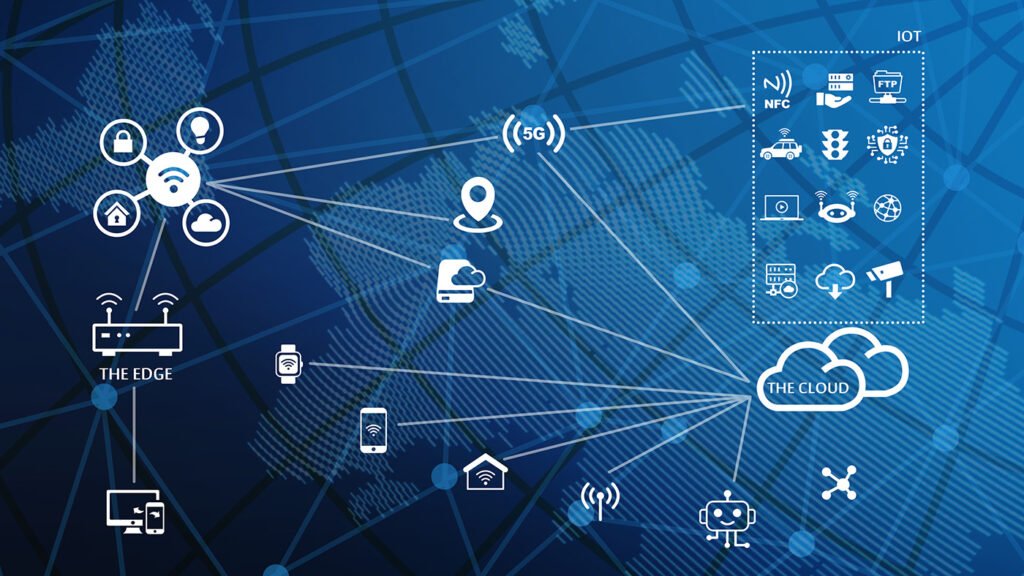Edge Computing: Redefining Performance and Security in Web Development
In the ever-evolving landscape of web development, the emergence of edge computing has become a game-changer, reshaping how we perceive and enhance both performance and security. This paradigm shift has propelled developers into a new era where proximity to end-users is key.
The Power of Proximity
Edge computing brings computation and data storage closer to the user, minimizing latency and optimizing performance. By distributing processing power to the network’s edge, websites and applications can deliver faster response times, ensuring a seamless user experience.
Performance Optimization through Content Delivery Networks (CDNs)
CDNs, a fundamental component of edge computing, cache and distribute content across a network of servers strategically positioned worldwide. This not only accelerates content delivery but also mitigates the impact of traffic spikes, resulting in a more robust and reliable web experience.
Enhancing Security at the Edge
Edge computing bolsters security by reducing the attack surface and mitigating risks associated with centralized data processing. With data processed closer to the source, potential vulnerabilities are minimized, making it harder for malicious actors to exploit weaknesses in a centralized system.

Edge-native Applications
Developers are now leveraging the power of edge-native applications, tailoring solutions that harness the benefits of proximity and real-time processing. These applications are designed to thrive in a decentralized environment, unlocking new possibilities for innovation and efficiency.
Conclusion
As the web development landscape continues to evolve, embracing edge computing is no longer a choice but a necessity. By redefining performance and security parameters, edge computing ensures that websites and applications not only meet but exceed user expectations, ushering in a new era of dynamic and secure digital experiences.








